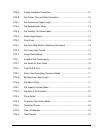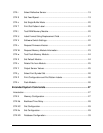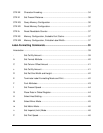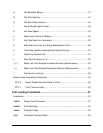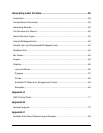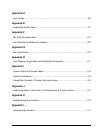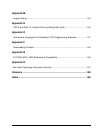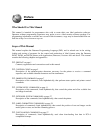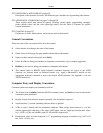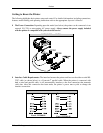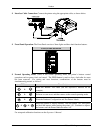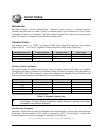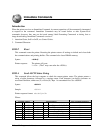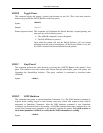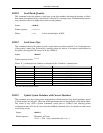
Preface
2 E-Class DPL Programmer’s Manual
GENERATING LABEL FORMATS on page 59
Description of the structure of records, the different types, and their use in generating label formats.
APPENDICIES A THROUGH R on pages 71 through156
These contain details that cannot be ignored including various tables, programming examples,
printer default values, and bar code symbology details. See the Table of Contents for specific
content information.
GLOSSARY on page 157
Definitions of words, abbreviations, and acronyms used in this manual.
General Conventions
These are some of the conventions followed in this manual:
• On the header of each page, the name of the chapter.
• On the footer of each page, the page number and the title of the manual.
• Names of other manuals referenced are in Italics.
• Notes are added to bring your attention to important considerations, tips or helpful suggestions.
• Boldface is also used to bring your attention to important information.
• This manual refers to IBM-PC based keyboard command characters for access to the ASCII
character set. Systems based on different formats (e.g., Apple’s Macintosh) should use the
appropriate keyboard command to access the desired ASCII character. See Appendix A for the
ASCII character set.
Computer Entry and Display Conventions
Command syntax and samples are formatted as follows:
• The Courier font in boldface indicates the DPL command syntax, and Italics are used to indicate the
command syntax parameters.
• Regular Courier font indicates sample commands, files and printer responses.
• Square brackets [ ] around something indicates that it is optional.
• <CR> is used to identify the line termination character. Other strings placed between < > in this
manual represent the character of the same ASCII name, and are single-byte hexadecimal values
(e.g., <STX>, <CR>, and <0x0D> equal 02, 0D, and 0D, respectively).
• Hexidecimal values are often displayed in ‘C’ programming language conventions (e.g., 0x02 = 02
hex, 0x41 = 41 hex, etc.)



